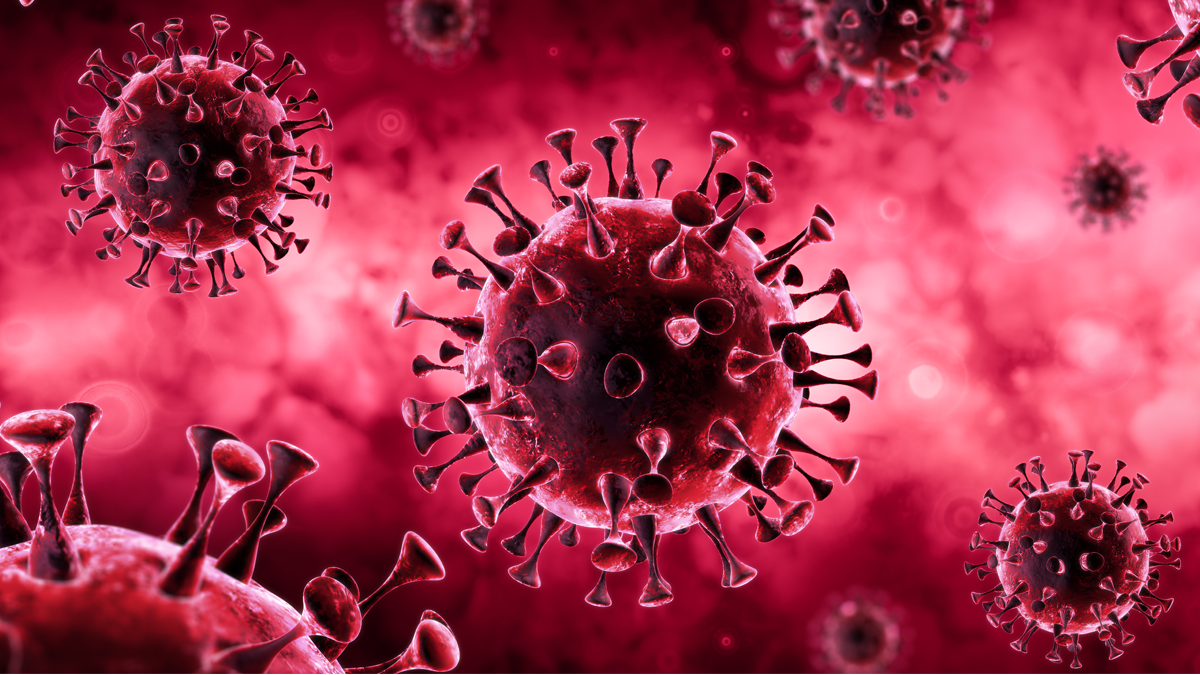The Union health ministry stated on Tuesday that 86 Delta Plus cases have been found in the country in the previous four months, demonstrating that this version has no more impact than the Delta variant. New discoveries on Delta, on the other hand, demonstrate how strong and quickly transmissible the mutation is, according to Niti Aayog (health) member VK Paul. It also increases hospitalisation, Dr Paul said. But as established by recent studies, India has vaccines that are effective against the Delta variant. “We are better placed against Delta,” Dr Paul said.
Then the transmissibility of the original virus was 100, Alpha was 160 and Delta is 250. Its strength is emerging in front of us now. It is fast and many people are getting infected by one person.,” Dr Paul explained.
“New cases coming from Wuhan has shown that the gap between being exposed to the virus and getting infected is shorter than the previous strains. And the virus load is much bigger. This explains why it’s more transmissible. It has also emerged that Delta increases hospitalisation,” Dr Paul said.
The ministry also published the reproduction rate of the states and said that if the reproduction rate of Covid-19 is higher in any state, it indicates that there will be a rapid spread in future, even if the number of fresh infections at present may not be alarming. The reproductive number helps experts understand the rate at which the virus is spreading. In its weekly briefing on Tuesday, the joint secretary of the Union health ministry Lav Agarwal said the R number of India at present stands at 1, which means one person is spreading the infection to one another person. The R factor will be below the danger level only when it dips below 1.
According to health ministry data, Himachal Pradesh, which was flooded with tourists soon after restrictions were eased after the second wave of the pandemic, has a reproduction number of 1.3 and it has an increasing trend. In Punjab, the number is 1.3, which is also increasing. The spread of the infection in Gujarat and Madhya Pradesh is 1.1, and the trend is stable. Uttar Pradesh has a reproductive rate of 1.1 with a likely increasing trend. Similarly, Andhra Pradesh has an R factor of 1.0 and a likely increasing trend.
The ministry on Tuesday said that 37 districts falling in Kerala, Tamil Nadu, Himachal Pradesh, Karnataka, Andhra Pradesh, Maharashtra, West Bengal, Meghalaya and Mizoram are still reporting an increasing trend in daily new cases during the last two weeks.

